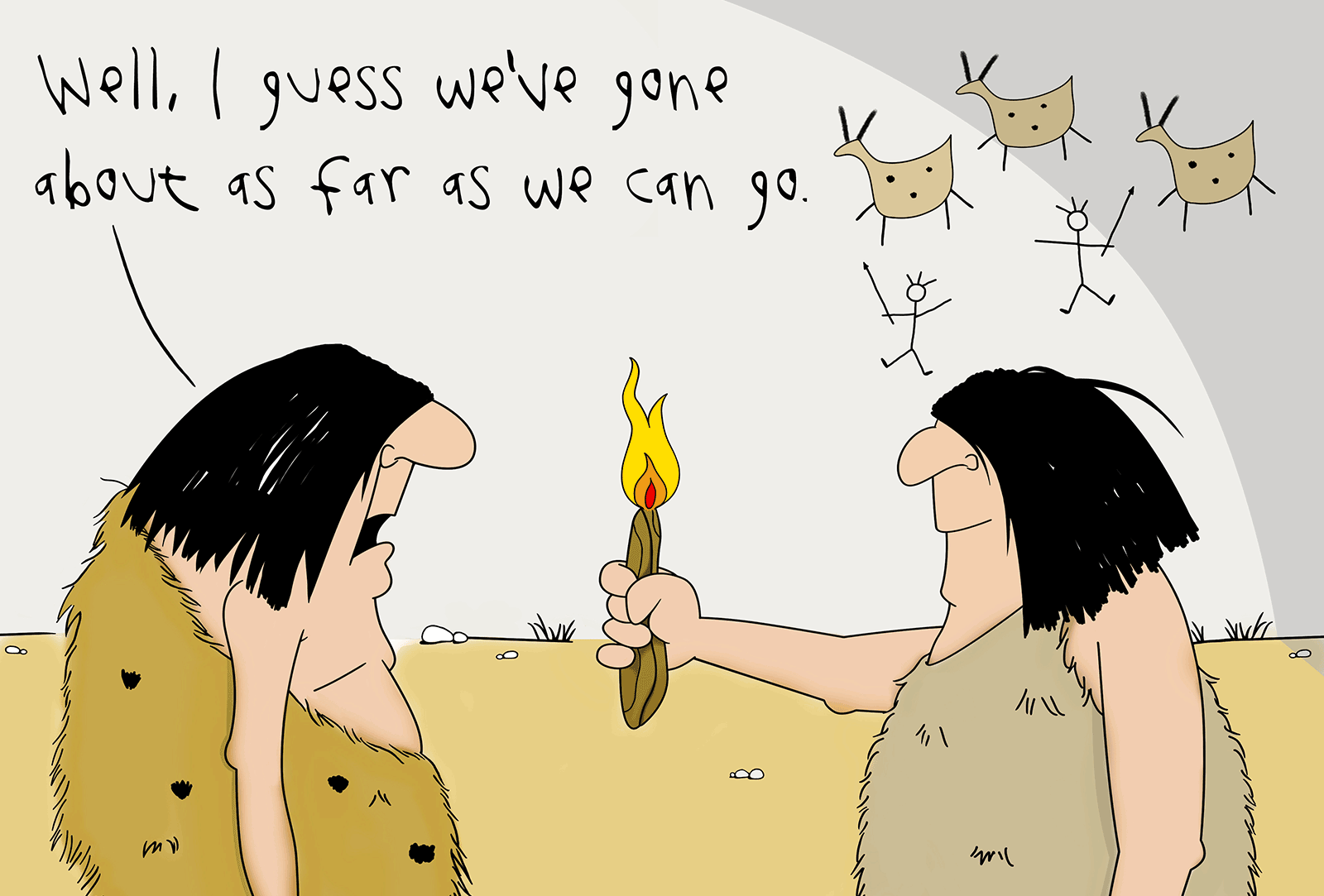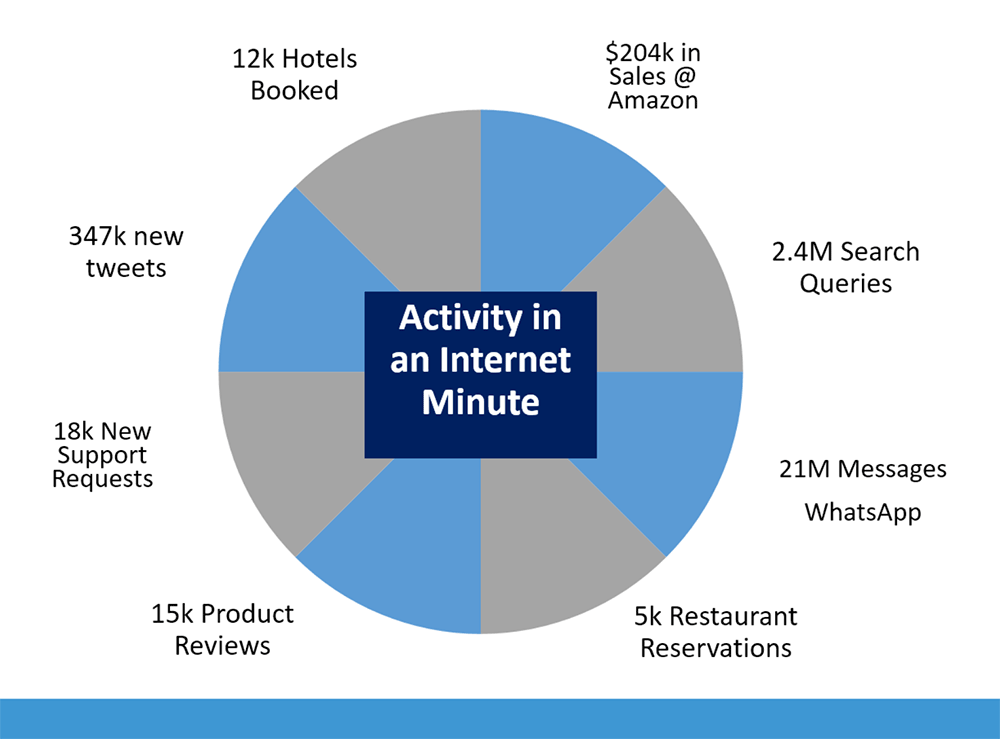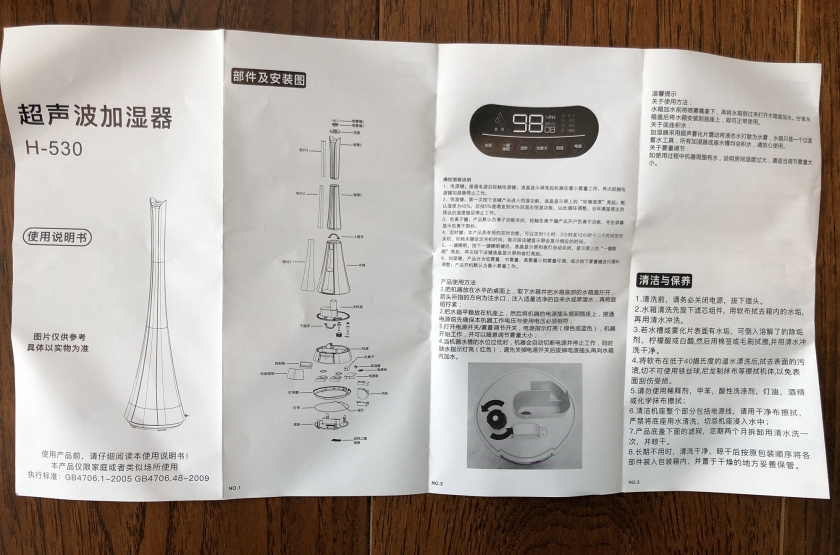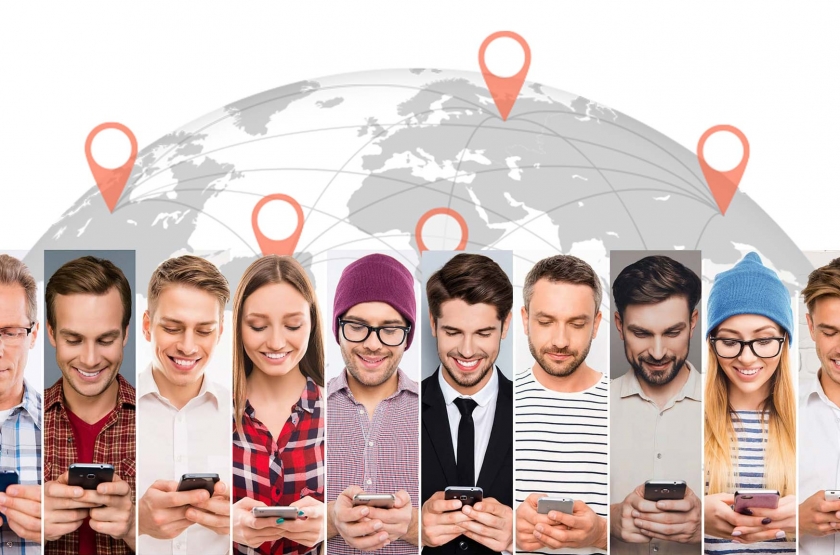Translation services must modernize and catch up to the 21st century
- Carl Yao
- June 28, 2016
- 8,772 views

We now live in a global economy – with a catch. A lot of people are connected, but we can’t understand each other across languages. And despite our growing ability to reach foreign customers, the lack of quality and scalable translation methods is still the most important factor affecting global expansion. As a result, companies sacrifice potentially millions of dollars in profit because marketing to foreign customers in their own languages is too expensive and complicated to be worthwhile.
Yet most translation tools and translation management systems (TMS) used by the localization industry today were developed in 1990s, long before our current digital revolution. Today’s translation tools struggle to handle the development of content created around the clock, from a multiplicity of sources.
The translation industry as we know it was hatched in the late 1980s. The development of the software industry meant companies needed to localize software interfaces and user guides as they moved into international markets. The industry grew again during the 1990s with the advent of the Internet, which made the distribution of information across national borders much more efficient. As such, many translation software were born at this time to aid the translation process. Tools like Trados, Foreign Desk, and others were introduced to capture translated text to be reused for future projects. These tools created the first generation of translation memory technology which later became the foundation for machine translation systems like Google Translate and Bing Translator.
The modern, digital content cycle demands that translation be large scale, agile, fast and happening on a continuous basis. These requirements far exceed the capabilities of many of the translation management systems the industry currently uses. No wonder terms like ‘continuous translation’, ‘just-in-time translation’, “big translation” and ‘instant human translation’ are still foreign terms within the translation and localization industry today. However, these will soon become standard terminology as the industry shifts to meet changing demands.

The digital information explosion makes traditional translation tools less useful and demands new and innovative solutions to meet the world’s localization demand.
The global digitization of content means businesses must translate content quickly and through multiple channels in order to beat the competition and get ahead faster in international markets. Today’s digital content is also increasingly diverse in medium and content. In particular, social media is playing a growing role in business outreach with promoting brands, connecting with customers, and increasing sales.
However, the concept of translating social media hasn’t caught on due to the limited abilities of current translation technology. Nevertheless, translating social media to reach customers globally will be the differentiating factor between businesses that succeed internationally and those that do not.
Unfortunately, traditional translation tools like TMS were developed long before the term social media was even invented. As such they are not able to meet the unique translation requirements (speed, agility and scalability) of today’s user generated content. For example, it doesn’t make any sense for a company to first combine three month worth of Tweets and then translate them all together, as traditional translation models demand. Instead, social media requires translation of content as it is being created, 24/7 and non-stop, without any additional work from the client.
Gone are the times that companies could spend months developing documentation and then translate them all together. The digital economy means companies must become agile in their content development including translation. More and more content will be developed incrementally across the enterprise digital ecosystem and then deployed immediately on an on-going basis. This means frequent updates and very small translation requirements will become the norm rather than the exception. Modern translation methods must be able to handle very small translations with efficiency while delivering affordable costs.
The translation industry needs to be disrupted to catch up to the 21st century. Too many industry leaders and experts in the translation field have become complacent and too comfortable with the status quo. This is why I was shocked when I realized that many of the industry veterans never even heard of “mobile translation” despite of the fact that many outside media outlets such as Techcrunch and Fast Company had already published lengthy reports on this exciting new translation technology for the sharing economy.
Mobile translation offers a new paradigm through which many new translation services can finally be pioneered. These new services include providing 24/7 human translation non-stop, real-time translation on-demand, as well as truly scalable human translation services. Unlike desktop personal computers, people carry their mobile phones everywhere they go. This ubiquitous nature of mobile opens up many new possibilities for translating simply because translators can now be notified of translation requests instantly and be able to translate anywhere and anytime.
In terms of scalability, businesses that rely on user generated content such as Amazon, Expedia, TripAdvisor, Neflix, can finally allow tens of thousands of translators to work on their mobile to translate contents as they are being generated around the clock. If one were to scan the entire volume of digital content generated currently, one would see that about 70% is generated and consumed on mobile. Yet, very little, if any, of that content is currently translated on mobile. This is why the translation industry needs a major disruption to catch up the 21st century.
The world has over 7 billion people, speaking some 6,500 languages. Yet, the world only has 250,000 professional translators. How do we connect? What do we do to understand each other? This is why modern and game changing translation technologies such as mobile translation will not only revolutionize the translation industry but usher in an era of big translation. By making translation easy and readily accessible, we are able to finally achieve critical mass by empowering the world’s large pool of bilingual talent to engage in translation for results that are better than ever. Finally, we are able to break down the world’s language barriers.











